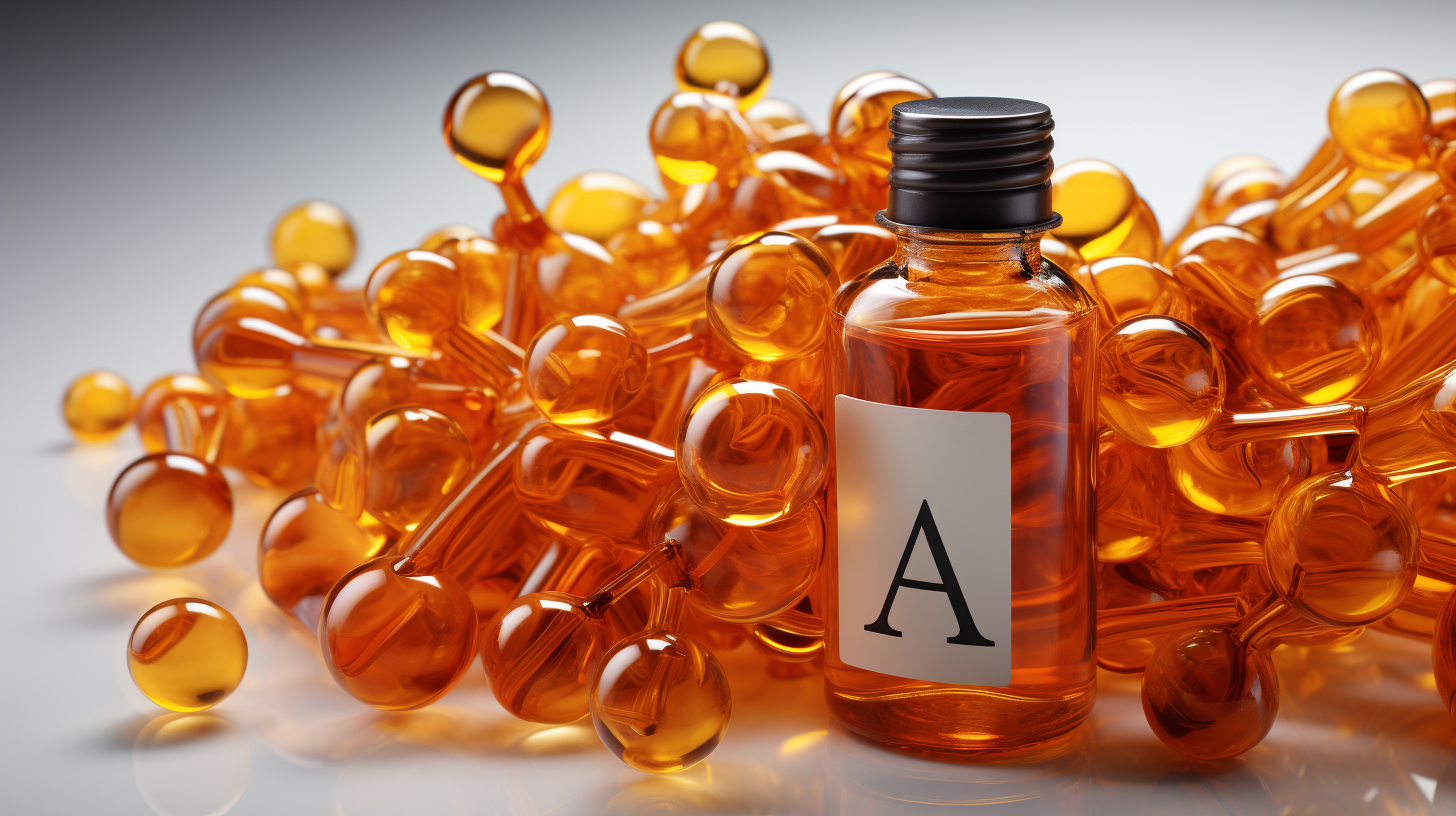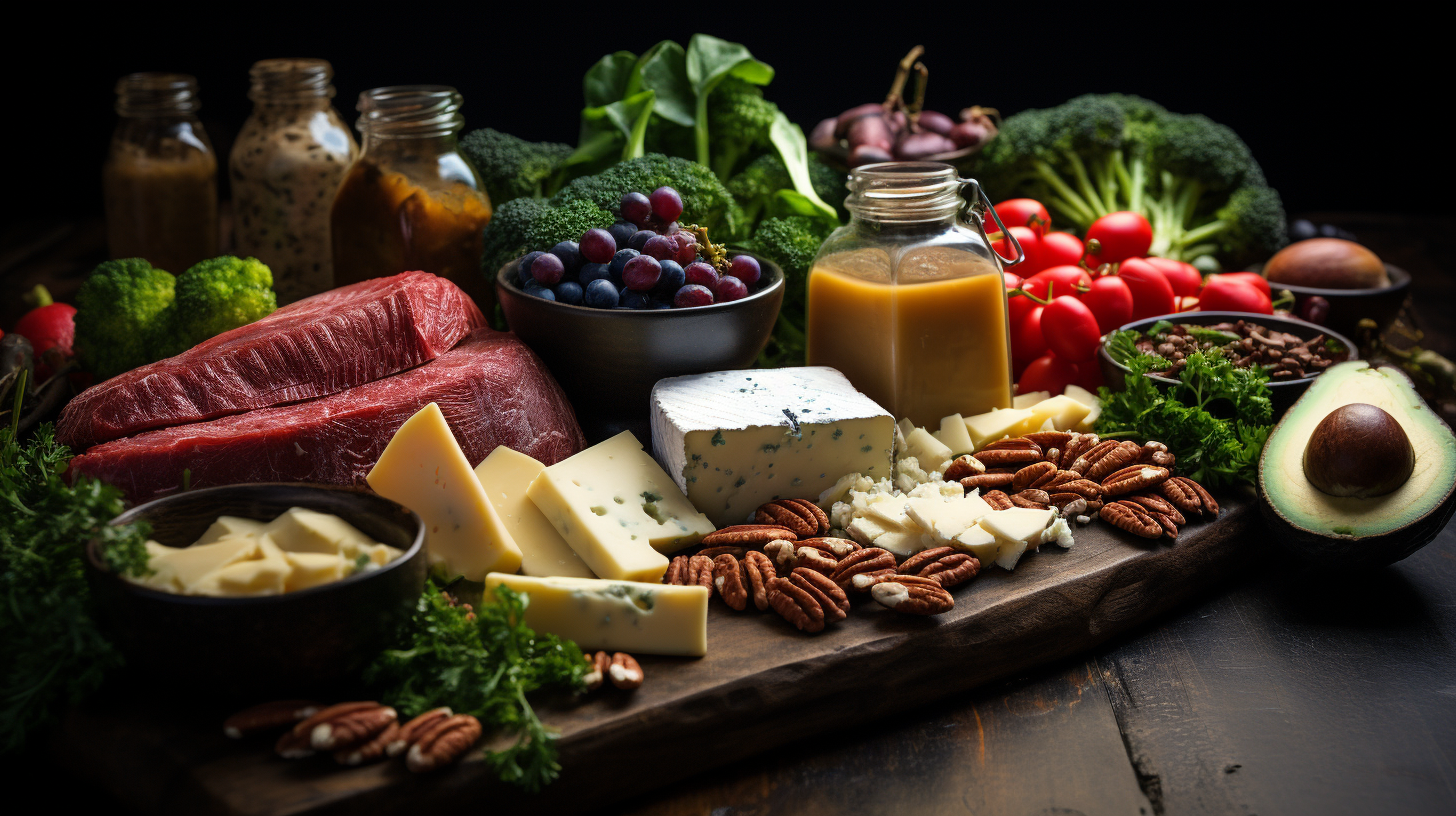INTRODUCTION
When it comes to maintaining good health and nutrition, Vitamin A is a powerhouse. This essential nutrient plays an integral role in vision, growth, cell division, reproduction, and immunity. Despite its critical functions, Vitamin A is often overshadowed by other vitamins and minerals in health discussions. In this article, we’ll shine a light on this vital nutrient, exploring its benefits, sources, and the importance of maintaining proper levels within your diet.
UNDERSTANDING
VITAMIN A
Vitamin A isn’t a single compound, but a group of fat-soluble retinoids, including retinol, retinal, and retinyl esters. It’s found in two primary forms in our diet – preformed Vitamin A (from animal products) and provitamin A carotenoids (from plant-based foods), with beta-carotene being the most notable. Our bodies convert these compounds into the active form of Vitamin A.
VISION AND VITAMIN A:

One of the most well-known functions of Vitamin A is its role in maintaining healthy vision. It’s a component of rhodopsin, a protein in the eyes that allows us to see in low light conditions. A deficiency in Vitamin A can lead to night blindness, a condition where people find it difficult to see in low light or darkness.
BOOSTING THE IMMUNE SYSTEM
Vitamin A is crucial for a robust immune system. It keeps the skin and tissues in the mouth, stomach, intestines, and respiratory system healthy, acting as a line of defense against infections. Additionally, it regulates immune responses, which can help fend off illness and infection.
Skin and Cell Health
Retinol and retinoic acid, two forms of Vitamin A, are vital for cell growth and differentiation. They play a role in the production of new cells and the turnover of old ones, which is particularly important for skin health and wound healing.
Sources
of Vitamin A
While it's important to ensure you get enough Vitamin A, too much can be harmful. Hypervitaminosis A, a condition resulting from excessive Vitamin A intake, can lead to jaundice, nausea, loss of appetite, irritability, vomiting, and even hair loss. This is why balance is key and why obtaining Vitamin A from food sources is generally preferred over supplementation unless directed by a healthcare provider.
The Balance is Key
The best sources of preformed Vitamin A are animal products like liver, fish oils, milk, and eggs. Provitamin A carotenoids are abundant in carrots, sweet potatoes, spinach, kale, and other leafy greens, as well as in orange and yellow fruits like mangoes and papayas.
Recommended Intake
The recommended dietary allowances (RDAs) for Vitamin A vary by age and sex, with adult men needing about 900 micrograms of retinol activity equivalents (RAE) per day and adult women needing 700 micrograms RAE.
Conclusion
Vitamin A is essential for many functions in your body, from seeing in the twilight to fighting off pathogens. Including a variety of sources in your diet can help maintain the right balance and ensure you reap all the health benefits this vital nutrient has to offer. If you're considering taking supplements, or if you're at risk of Vitamin A deficiency or excess, consult with a healthcare professional for personalized advice.
Remember, nutrition is a key aspect of our health, and understanding the role of various nutrients like Vitamin A can empower you to make better choices for your well-being.
Remember, nutrition is a key aspect of our health, and understanding the role of various nutrients like Vitamin A can empower you to make better choices for your well-being.



